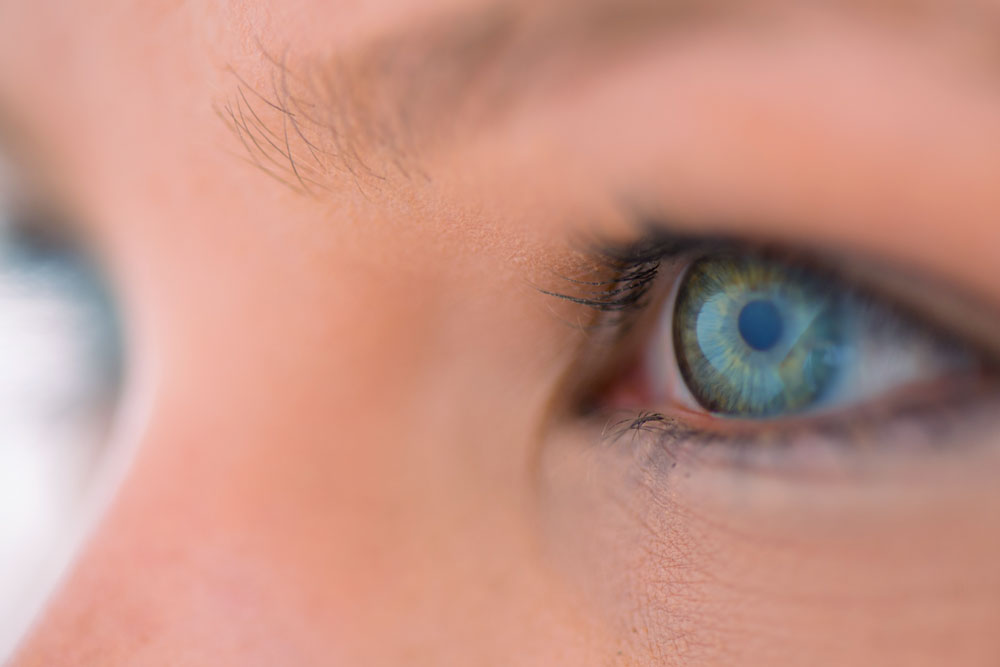Cataract Surgery
Cataracts are the leading cause of blindness in the United States. A cataract is known as a medical condition in which the lens becomes progressively opaque resulting in blurred vision. We offer cataract evaluations to help determine if surgery is needed. Cataract surgery is a safe and effective way to improve your vision by removing the cataract and replacing it with an iOL lens The surgery has a short recovery time period and allows most patients to enjoy immediate improved vision.

Frequently Asked Questions
What are cataracts?
A cataract is a clouding of the lens in the eye. The normally clear lens lets light enter the eye. As it becomes cloudy, less light enters, and vision becomes blurry. Cataracts are common with age and can occur in one or both eyes. The clouding of the lens usually happens slowly over time. But it can happen quickly as well
What causes cataracts?
Cataracts may be caused by many things including the following: aging, diabetes, past eye infection, past injuries, past surgery, some medications
What are the symptoms of cataracts?
Cataracts are not painful, but you notice the following symptoms: blurry vision, details are hard to see, glare when driving or reading, more light is needed to read, some colors seem faded, your prescription for glasses keeps changing, or double vision in one eye.
When should you see your doctor?
Regular eye exams help us see if cataracts are affecting your vision. Have eye exams as often as your doctor suggests, however, if your vision suddenly gets worse, see your doctor right away. It could be an eye problem that needs prompt care. During your eye exams, you can discuss whether surgery is needed for cataracts.
When is surgery needed?
Since cataracts develop slowly, you may not need surgery right away. Your doctor may ask you to try a new eyeglass prescription first to see whether it improves your vision. You may need to use more light for detailed tasks likes reading. But if cataracts limit your activities, your doctor may recommend surgery.
How will removing a cataract affect your vision?
The goal of cataract surgery is to correct the decreased vision that was caused by the cataract. During the surgery, the ophthalmologist moves the cataract and puts in a new artificial lens called an intraocular lens or iOL. Cataract surgery will not correct other causes of decreased vision such as glaucoma, diabetes, or age-related macular degeneration. Most people still need glasses or contact lenses after cataract surgery for near and/or distance visions and astigmatism.
What kind of iOLs are available?
Your ophthalmologist will help you decide on the type of iOL that will replace your cloudy lens. There are iOLs available to treat nearsightedness (myopia) and farsightedness (hyperopia), and astigmatism. IOLs usually provide either near or distance vision: these single focus lenses are called mono-focal iOLs. Some newer iOLs can provide for near, intermediate, and distance vision: these multiple focus lenses are called multifocal iOLs. IOLs that treat astigmatism are called toric iOLs. You can also have one eye corrected for near vision, and the other for distance vision– a choice called mono-vision.
